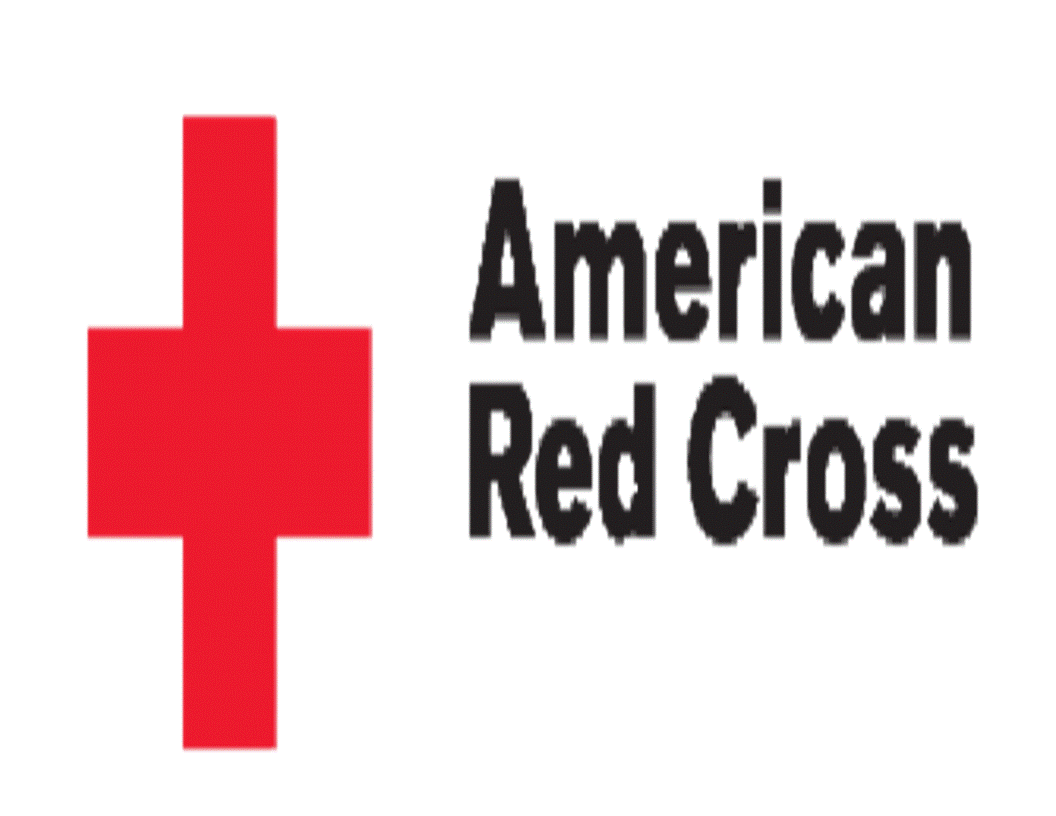TF's CPR Certification Instructor Store
11-17 years old learn CPR Class- No certification required
11-17 years old learn CPR Class- No certification required
Couldn't load pickup availability
11-17 years old learn Basic CPR - [2 Hrs.] CPR Class Certification not required. What to do until help arrives. Let your kids learn how to save a life using CPR.
Learning basic CPR (Cardiopulmonary Resuscitation) is an important skill that can help save lives in emergencies. It's great that you want to learn! Here’s a simplified guide to help you understand the basic steps of CPR.
### Basic CPR Steps for a Teen (Ages 11-17):
1. **Ensure the Scene is Safe: **
- Before approaching the person, make sure the environment is safe for you and the person who needs help. Look for any potential hazards like traffic, fire, or electrical wires.
2. **Check for Responsiveness: **
- Tap the person gently and shout, "Are you okay?"
- If they don’t respond, proceed with CPR. If they respond, check if they need further help.
3. **Call for Help: **
- If the person is unresponsive and not breathing, call 911 (or your local emergency number) immediately.
- If you're alone, call first, then begin CPR. If you’re with someone, have them call while you begin CPR.
4. **Check for Breathing: **
- Look at the chest to see if it rises and falls.
- Listen for breath sounds or feel for breath on your cheek.
- If the person is not breathing or only gasping, begin CPR.
5. **Perform Chest Compressions: **
- Place the heel of one hand on the center of the person’s chest, just below the breastbone.
- Place your other hand on top and interlace your fingers.
- Keep your elbows straight and use your upper body weight to push down hard and fast.
- Aim for **100-120 compressions per minute**, which is about the same speed as the beat of the song “Stayin' Alive” by the Bee Gees.
- Push down at least 2 inches (5 cm) deep into the chest and allow the chest to rise fully between compressions.
6. **Give Rescue Breaths (Optional for Teens if Trained): **
- **If trained** and comfortable, give 2 rescue breaths after 30 compressions:
1. **Tilt the head back** slightly to open the airway.
2. **Pinch the nose shut** and give a breath into the person’s mouth, ensuring their chest rises.
3. **Give 2 breaths**, one at a time.
- If you are not trained in rescue breathing or are uncomfortable with it, continue hands-only CPR with chest compressions until help arrives.
7. **Repeat: **
- Continue alternating 30 chest compressions and 2 rescue breaths until the person starts breathing on their own, emergency medical help arrives, or you are too exhausted to continue.
### Key Points to Remember:
- **High-quality chest compressions** (hard and fast) are the most important thing. Focus on making deep compressions and maintaining a steady rhythm.
- If you're alone and you’re not trained in giving rescue breaths, just doing chest compressions (hands-only CPR) is still very effective.
- **Don’t stop** unless someone takes over or help arrives.
To get certified in CPR, there are several class options including online, blended and classroom settings.
CPR training is valuable for everyone, as it can make a critical difference in emergency situations. If you have any questions or need more details about any of these options, feel free to ask!
Certificate will be given for participation
Share
![11 - 17 years old youth learn Basic CPR - [2 Hrs.] CPR Class Certification not required - Makeitworkinc LLC -
what to do until help arrives](http://cprcertificationinstructor.net/cdn/shop/files/11-17-years-old-basic-cpr-2-hrs-certification-not-required-802158.jpg?v=1743157674&width=1445)
![11 - 17 years old youth Learn Basic CPR - [2 Hrs.] cpr class Certification not required - Makeitworkinc LLC -](http://cprcertificationinstructor.net/cdn/shop/files/11-17-years-old-basic-cpr-2-hrs-certification-not-required-260594.jpg?v=1743157674&width=1445)

![11 - 17 years old youth learn Basic CPR - [2 Hrs.] CPR Class Certification not required - Makeitworkinc LLC -
what to do until help arrives](http://cprcertificationinstructor.net/cdn/shop/files/11-17-years-old-basic-cpr-2-hrs-certification-not-required-802158.jpg?v=1743157674&width=1946)
![11 - 17 years old youth Learn Basic CPR - [2 Hrs.] cpr class Certification not required - Makeitworkinc LLC -](http://cprcertificationinstructor.net/cdn/shop/files/11-17-years-old-basic-cpr-2-hrs-certification-not-required-260594.jpg?v=1743157674&width=1946)
